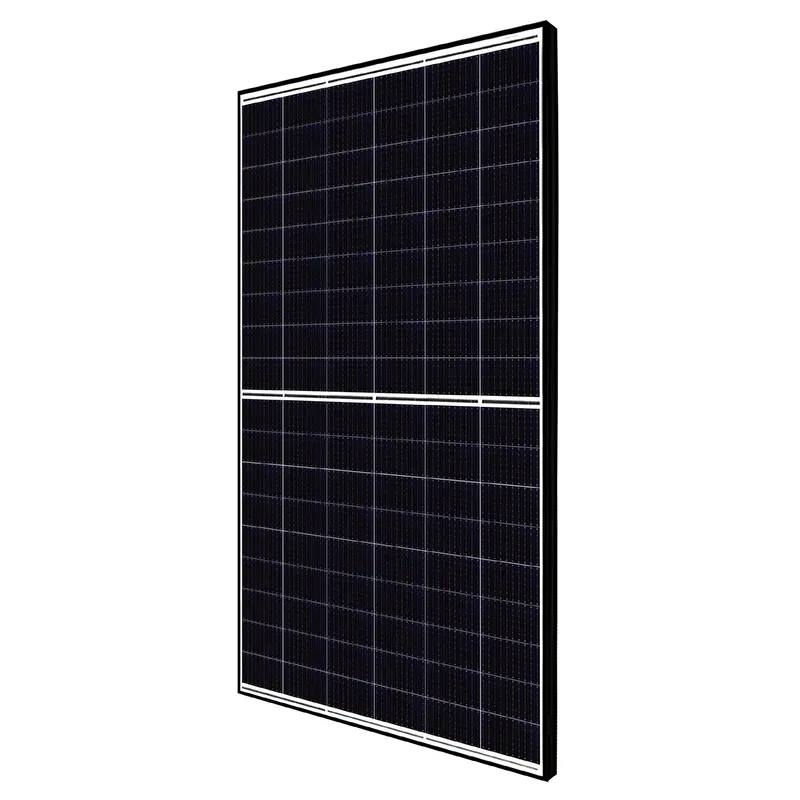types of solar inverter
Types of Solar Inverters A Comprehensive Overview
As the world shifts towards sustainable energy solutions, solar power has emerged as one of the most popular and efficient alternatives to traditional fossil fuels. At the heart of every solar power system lies a crucial component the solar inverter. Solar inverters convert the direct current (DC) electricity generated by solar panels into alternating current (AC) electricity, which can be used to power home appliances, fed into the grid, or stored in batteries. Understanding the different types of solar inverters available is essential for anyone looking to invest in solar technology.
1. String Inverters
String inverters are arguably the most common type of solar inverter. In this setup, multiple solar panels are connected to a single inverter, forming a string. String inverters are popular due to their simplicity and cost-effectiveness. They are generally suitable for residential installations where panels are installed on the same roof plane and are exposed to similar sunlight conditions. However, string inverters can be less efficient when some panels are shaded or face different orientations, as the performance of the entire string will be limited by the least-performing panel.
Microinverters are another popular option, gaining traction particularly in residential solar systems. Unlike the string inverter setup, where all panels are connected to one inverter, microinverters are installed on each individual solar panel. This means that each panel operates independently, allowing for optimized performance regardless of shading or orientation issues. Microinverters provide real-time monitoring capabilities as well, enabling homeowners to track the performance of each panel. However, they tend to be more expensive to install compared to string inverters.
3. Power Optimizers
types of solar inverter

Power optimizers are a hybrid solution that combines features of both string inverters and microinverters. They work by optimizing the performance of individual solar panels while still being connected to a single string inverter. Each panel is equipped with a power optimizer that maximizes energy production, especially in systems where panels may be affected by shading or dirt accumulation. Power optimizers can be a great middle ground in terms of cost and efficiency when compared to microinverters.
4. Central Inverters
Central inverters are typically used in larger solar installations, such as solar farms or commercial setups. These massive inverters can handle a higher capacity of electricity and are designed to serve multiple strings of solar panels. Central inverters benefit from economies of scale, making them a cost-effective solution for large-scale operations. However, they lack the flexibility of microinverters and may suffer greater performance losses if one of the strings is underperforming.
5. Hybrid Inverters
Hybrid inverters are becoming increasingly popular as more homeowners seek energy storage solutions. These inverters can manage both solar panel output and battery storage simultaneously. A hybrid inverter facilitates the charging of batteries and allows users to both consume directly from their solar panel output and draw energy from stored batteries when the sun isn’t shining. This type of inverter is ideal for users looking to maximize their energy independence and utilize stored solar energy during peak hours or outages.
Conclusion
When selecting a solar inverter, it's essential to consider factors such as system size, budget, and specific energy needs. Each type of inverter has its unique advantages and disadvantages, making it crucial to evaluate the specific requirements of your solar power system. String inverters offer a cost-effective solution for most residential systems, while microinverters and power optimizers provide enhanced efficiency and performance monitoring capabilities. Central and hybrid inverters cater to larger installations and sophisticated energy management needs. Ultimately, the right choice of solar inverter can significantly impact the overall efficiency and effectiveness of your solar energy system. Investing the time to understand these options can lead to better energy savings and a more sustainable future.
-
String Solar Inverter: The High-Efficiency Solution for Smart Solar EnergyNewsJul.14,2025
-
Revolutionizing Rooftop Energy with the Power of the Micro Solar InverterNewsJul.14,2025
-
Power Independence with Smart Off Grid Solar Inverter SolutionsNewsJul.14,2025
-
On Grid Solar Inverter: Powering the Future with Smart Grid IntegrationNewsJul.14,2025
-
Monocrystalline Solar Panels: High-Efficiency Power for the Future of Clean EnergyNewsJul.14,2025
-
Bifacial Solar Panel: A Smarter Investment for Next-Generation Energy SystemsNewsJul.14,2025







